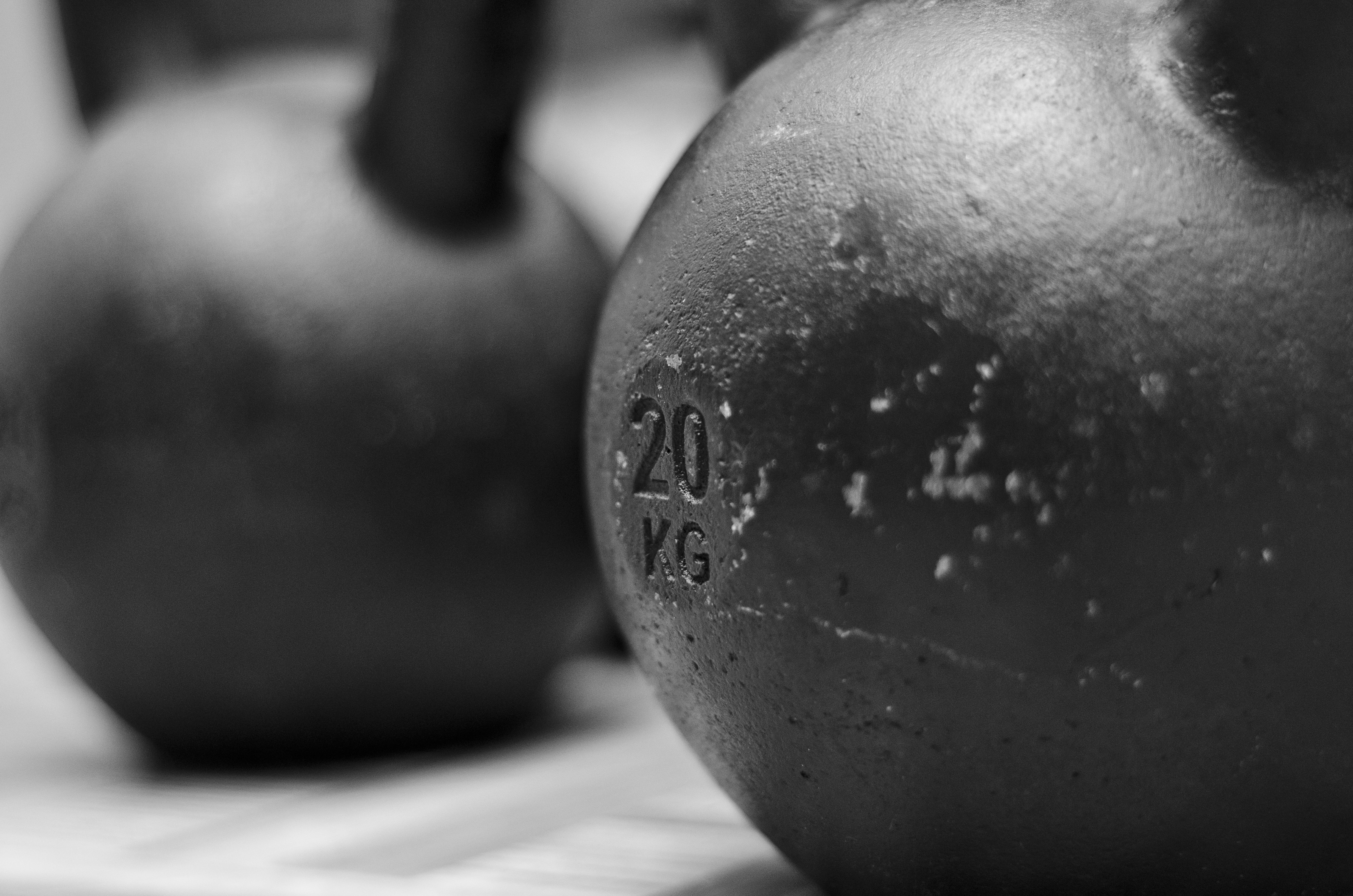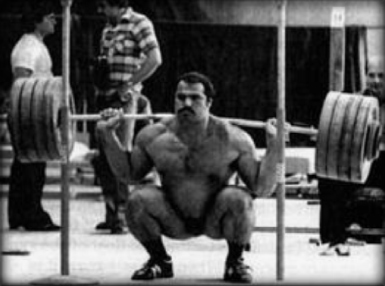In the March issue of the Journal of Strength and Conditioning Research, Terzis et al take a look at post activation potentiation (PAP) and the shot put. The authors begin the article with an excellent review of the literature pointing out that there are inconsistencies in the literature about its effectiveness. They hypothesize that these inconsistencies might be due to fatigue (i.e. the fatigue effect decreases performance greater than PAP increases it).
Their approach to this topic is to look at PAP and shot put performance. The authors studied ten shot putters with more than five years performance, each had performances in the 13 to 20 meter range. The authors feel that bringing weights out to the field to prepare athletes prior to competition is unrealistic. I agree with this. Their solution is to have athletes perform warm-ups on the shot put, then either three vertical jumps or one 20 meter sprint, followed by three attempts on the shot put.
Performing the vertical jumps prior to the throws increased the distance of the shot put by almost 2.5%. Performing the sprints prior to the throws increased the distance of the shot put by more than 3.5%.
Both warm-up approaches improved performance, but the sprints resulted in a greater increase. The authors think this may be due to the increased muscular contractions seen in 20 meters of sprints having an impact on the recruitment of muscle fibers/motor units during the shot put.
It’s an interesting study because it shows the effectiveness at combining plyometrics or sprinting with a traditional shot put warm-up. 2.5% and 3.5% may not sound like much, but they would be the difference between winning and not even medaling. I like the fact that this study looked at experienced field athletes with a realistic warm-up scenario.
Terzis, G., Karampatsos, G, Kyriazis, T., Kavouras, S.A., and Georgiadis, G. (2012). Acute effects of countermovement jumping and sprinting on shot put performance. Journal of Strength and Conditioning Research, 26(3), 684-690.



